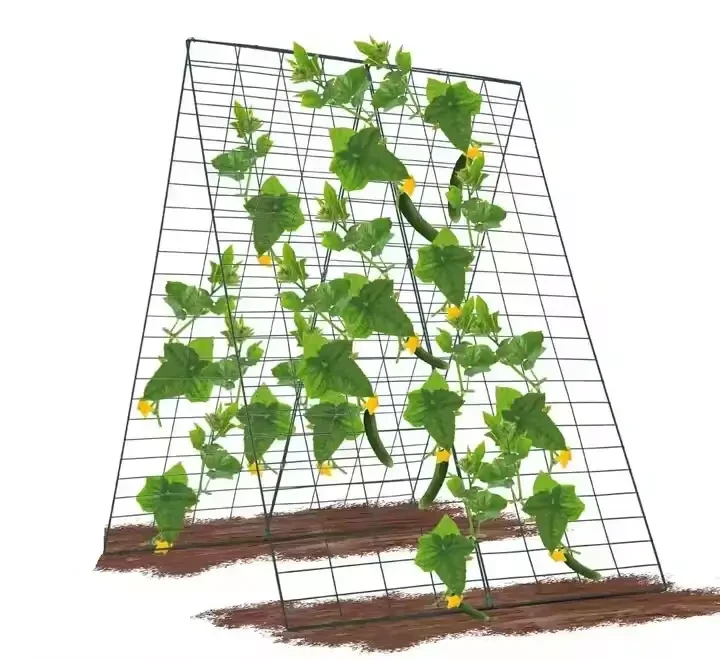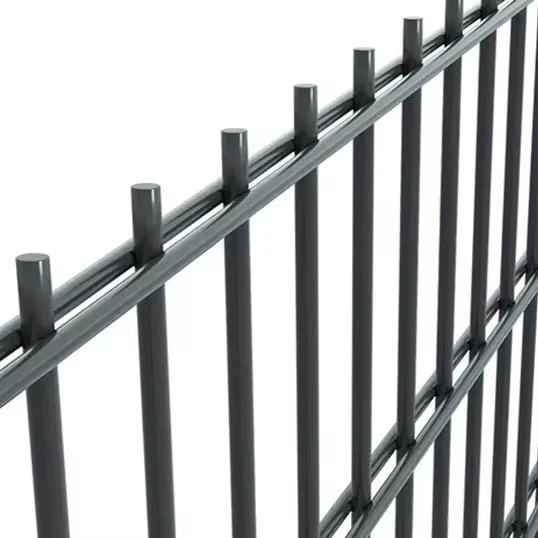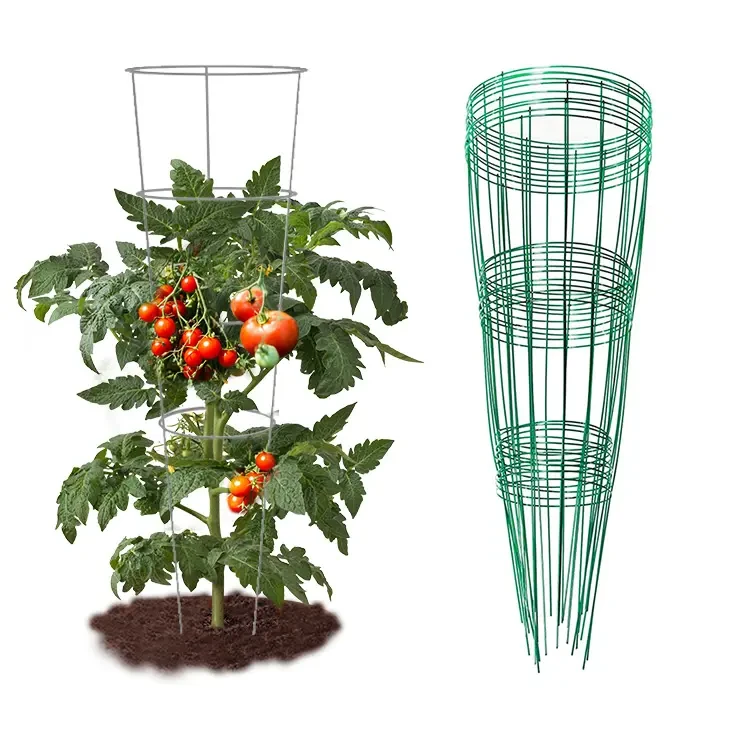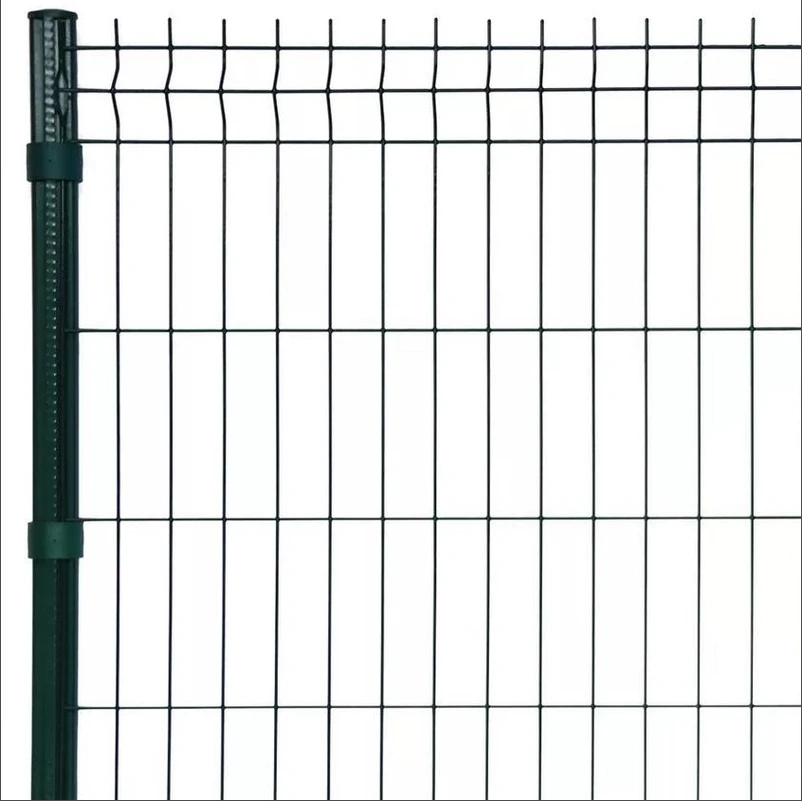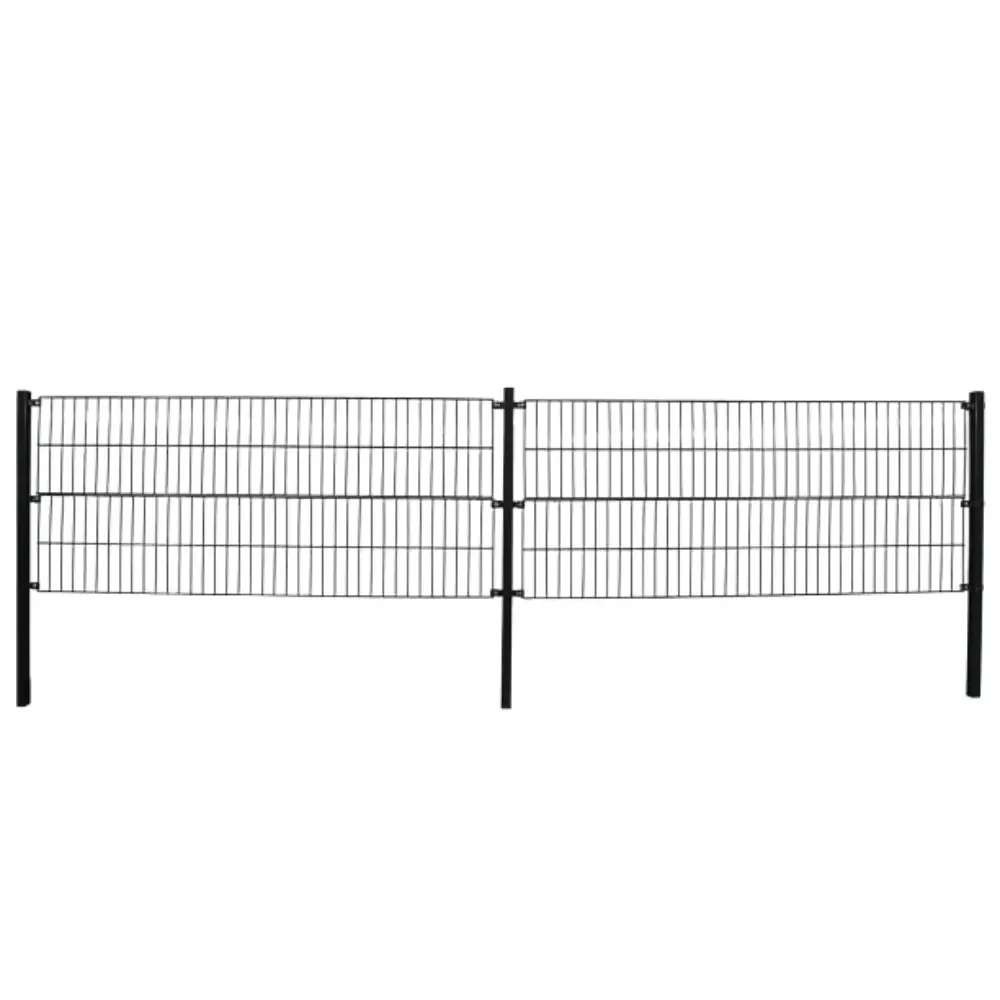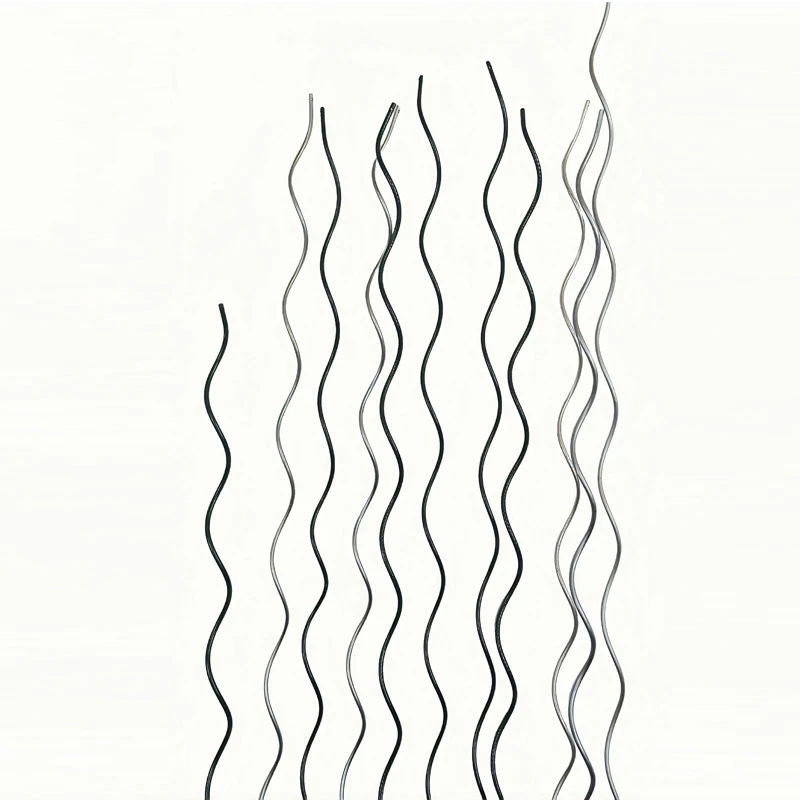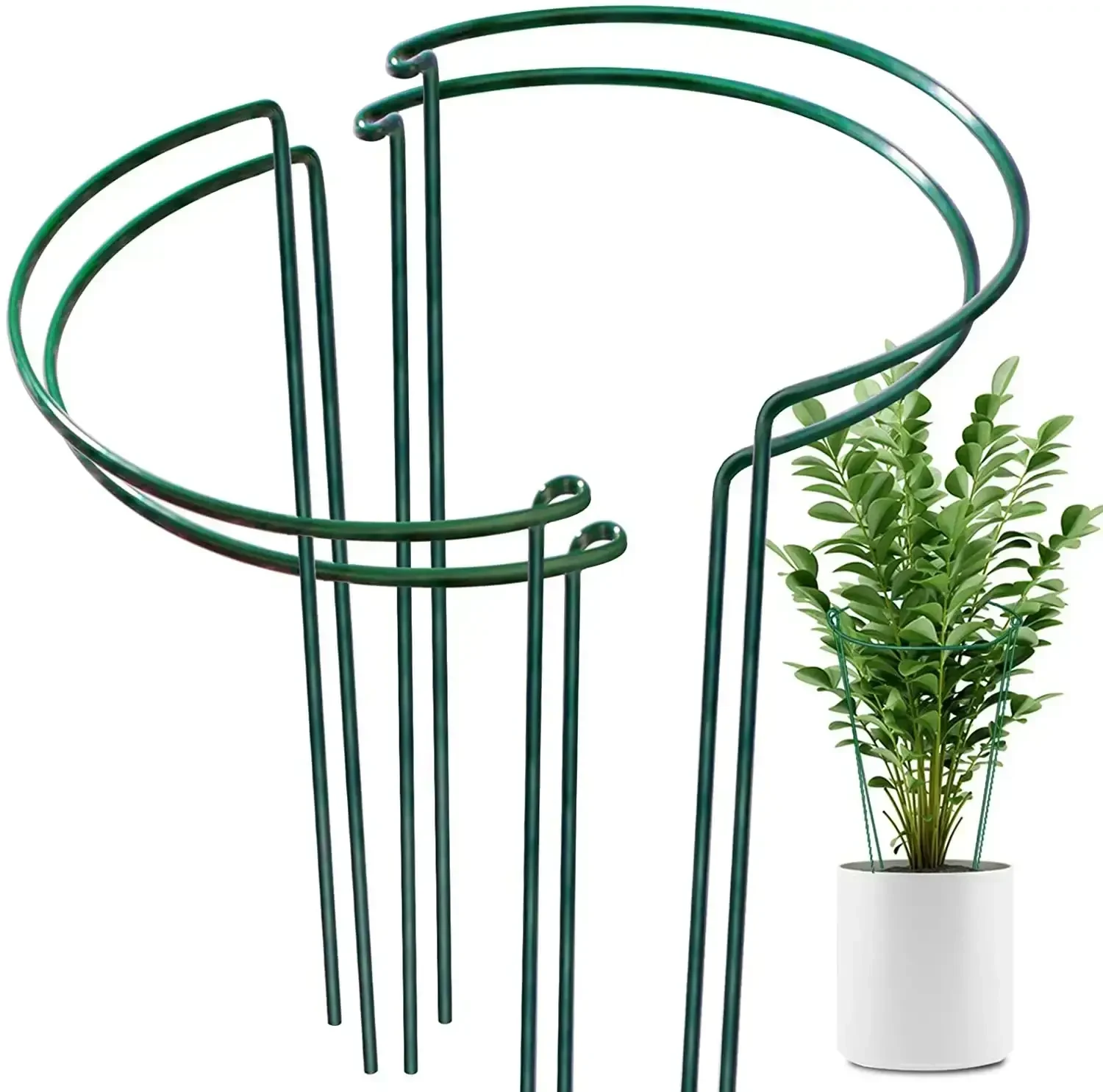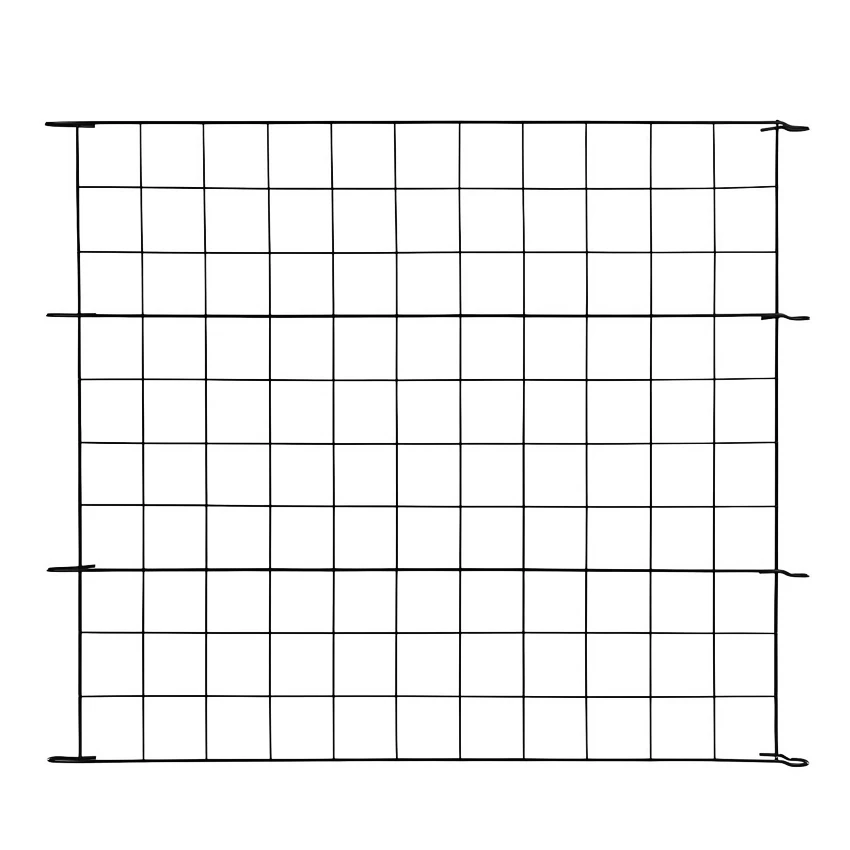-

-
 Whatsapp:+86 17732187393
Whatsapp:+86 17732187393 -


- Afrikaans
- Albanian
- Amharic
- Arabic
- Armenian
- Azerbaijani
- Basque
- Belarusian
- Bengali
- Bosnian
- Bulgarian
- Catalan
- Cebuano
- Corsican
- Croatian
- Czech
- Danish
- Dutch
- English
- Esperanto
- Estonian
- Finnish
- French
- Frisian
- Galician
- Georgian
- German
- Greek
- Gujarati
- haitian_creole
- hausa
- hawaiian
- Hebrew
- Hindi
- Miao
- Hungarian
- Icelandic
- igbo
- Indonesian
- irish
- Italian
- Japanese
- Javanese
- Kannada
- kazakh
- Khmer
- Rwandese
- Korean
- Kurdish
- Kyrgyz
- Lao
- Latin
- Latvian
- Lithuanian
- Luxembourgish
- Macedonian
- Malgashi
- Malay
- Malayalam
- Maltese
- Maori
- Marathi
- Mongolian
- Myanmar
- Nepali
- Norwegian
- Norwegian
- Occitan
- Pashto
- Persian
- Polish
- Portuguese
- Punjabi
- Romanian
- Russian
- Samoan
- scottish-gaelic
- Serbian
- Sesotho
- Shona
- Sindhi
- Sinhala
- Slovak
- Slovenian
- Somali
- Spanish
- Sundanese
- Swahili
- Swedish
- Tagalog
- Tajik
- Tamil
- Tatar
- Telugu
- Thai
- Turkish
- Turkmen
- Ukrainian
- Urdu
- Uighur
- Uzbek
- Vietnamese
- Welsh
- Bantu
- Yiddish
- Yoruba
- Zulu
Feb . 04, 2025 03:17
Back to list
garden pond fencing
Garden fencing serves not just as a physical boundary but as an extension of your home's aesthetic, offering privacy, security, and enhancing the visual appeal of your yard. Exploring different types of garden fencing can be a transformative experience, both functionally and visually. Below, we delve into innovative options that cater to various tastes and requirements.
Composite Fencing Innovation and Sustainability A blend of wood and plastic materials, composite fencing offers the aesthetic appeal of wood with the durability of plastic. This option is environmentally sustainable, often made from recycled materials, and requires little maintenance. Composite fencing resists weathering, fading, and insect damage, making it a long-lasting solution. Its variety of styles and colors allows homeowners to customize their garden’s perimeter while adhering to eco-friendly practices. Living Fences Biodiversity and Natural Beauty Living fences are a unique and eco-conscious option, involving the use of plants to create natural barriers. Hedges, bushes, or trees can be strategically planted to form a living wall that provides privacy and supports biodiversity. Common choices include privet, hawthorn, and leylandii, each offering different textures and growth patterns to suit various garden styles. In addition to their visual benefits, living fences help reduce noise pollution and provide a habitat for local wildlife. Gabion Walls Rustic and Robust Gabion walls, constructed by filling wire cages with stones, offer a rustic charm and robust security. These walls are highly durable and can be used to create striking visual effects in a garden setting. They are effective for areas prone to erosion and can be customized with different types of stones to match the surrounding environment. The blend of metal and natural stone also makes gabion walls a standout feature that merges functionality with artistic design. In conclusion, the right type of garden fencing not only encloses your garden but elevates it, reflecting your personal style and complementing the surrounding landscape. Each material and style come with its distinct advantages, catering to diverse aesthetic preferences and functional needs. By considering factors such as maintenance, durability, and environmental impact, you can select a fence that not only defines your garden’s boundaries but enhances its overall appeal, making it a unique and personalized retreat.
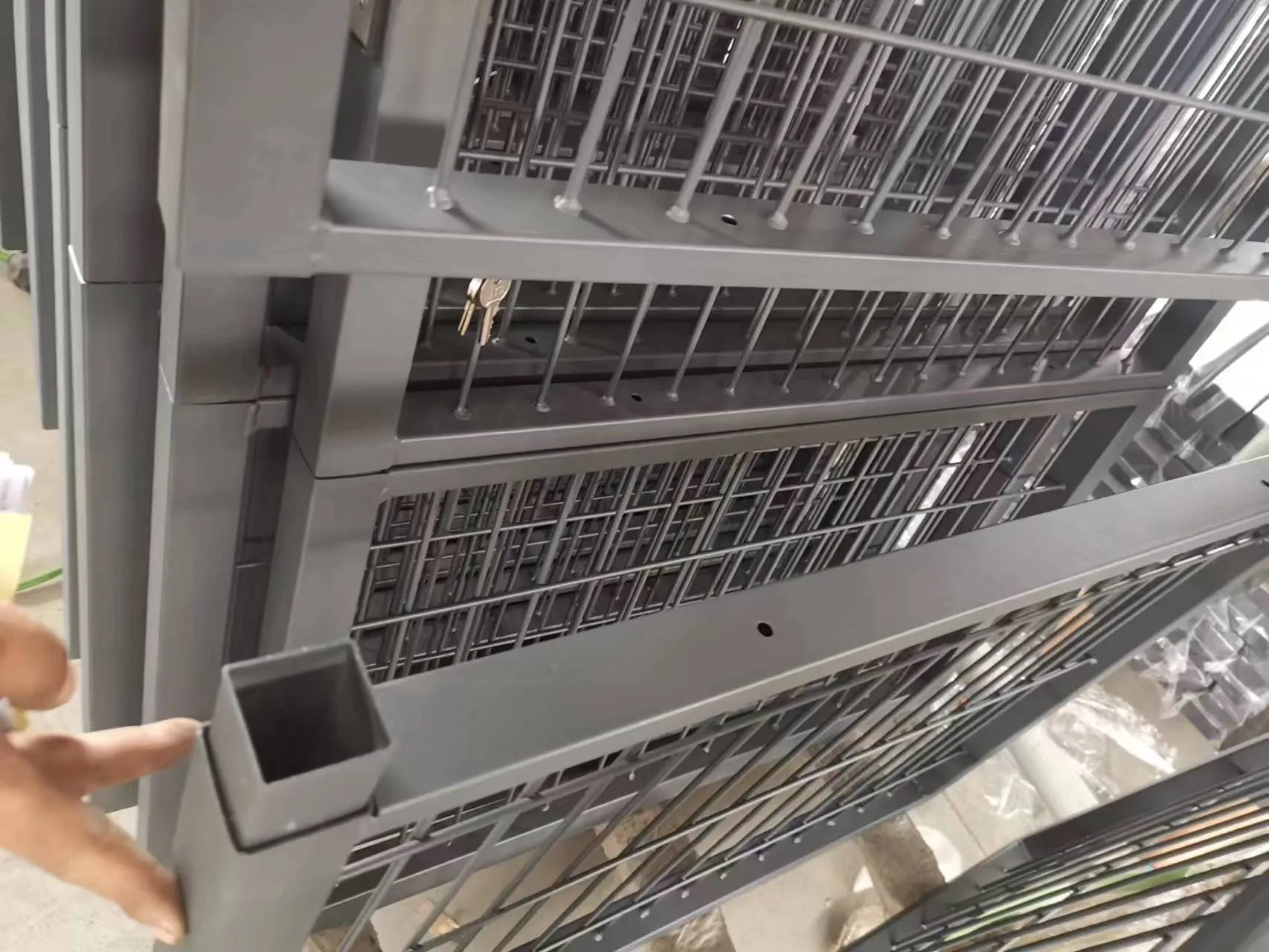
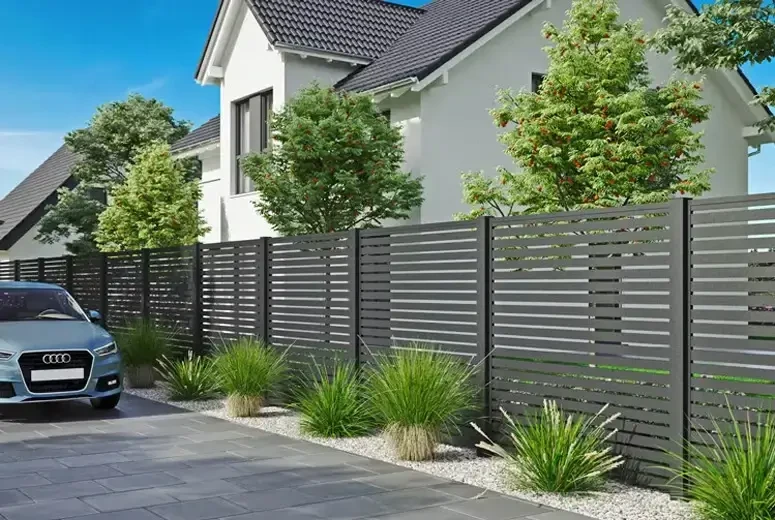
Composite Fencing Innovation and Sustainability A blend of wood and plastic materials, composite fencing offers the aesthetic appeal of wood with the durability of plastic. This option is environmentally sustainable, often made from recycled materials, and requires little maintenance. Composite fencing resists weathering, fading, and insect damage, making it a long-lasting solution. Its variety of styles and colors allows homeowners to customize their garden’s perimeter while adhering to eco-friendly practices. Living Fences Biodiversity and Natural Beauty Living fences are a unique and eco-conscious option, involving the use of plants to create natural barriers. Hedges, bushes, or trees can be strategically planted to form a living wall that provides privacy and supports biodiversity. Common choices include privet, hawthorn, and leylandii, each offering different textures and growth patterns to suit various garden styles. In addition to their visual benefits, living fences help reduce noise pollution and provide a habitat for local wildlife. Gabion Walls Rustic and Robust Gabion walls, constructed by filling wire cages with stones, offer a rustic charm and robust security. These walls are highly durable and can be used to create striking visual effects in a garden setting. They are effective for areas prone to erosion and can be customized with different types of stones to match the surrounding environment. The blend of metal and natural stone also makes gabion walls a standout feature that merges functionality with artistic design. In conclusion, the right type of garden fencing not only encloses your garden but elevates it, reflecting your personal style and complementing the surrounding landscape. Each material and style come with its distinct advantages, catering to diverse aesthetic preferences and functional needs. By considering factors such as maintenance, durability, and environmental impact, you can select a fence that not only defines your garden’s boundaries but enhances its overall appeal, making it a unique and personalized retreat.
Previous:
Next:
Latest news
-
Cheap Popular Laser Cutting Steel Sheet Garden Fence Panels WholesaleNewsJul.30,2025
-
Fence Or Balcony Privacy Screen Decorative For Apartments UV ProtectionNewsJul.30,2025
-
Galvanized Raised Garden Beds for Sale – Durable Metal Design, Affordable PricesNewsJul.29,2025
-
High Quality Galvanised Wire Mesh Panels for Fencing SolutionsNewsJul.29,2025
-
Premium Wooden Dog Crates for Sale – Durable & Stylish Kennel SolutionsNewsJul.29,2025
-
Cheap Best Seller Privacy Screen Fence Strips Pattern - Durable & StylishNewsJul.28,2025
Related Products
